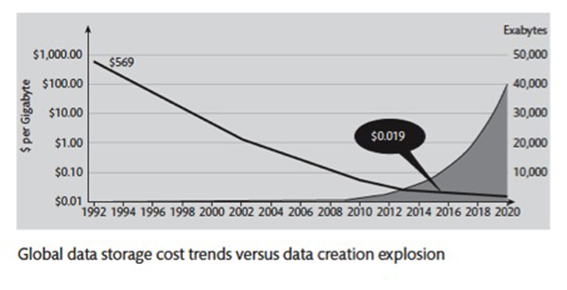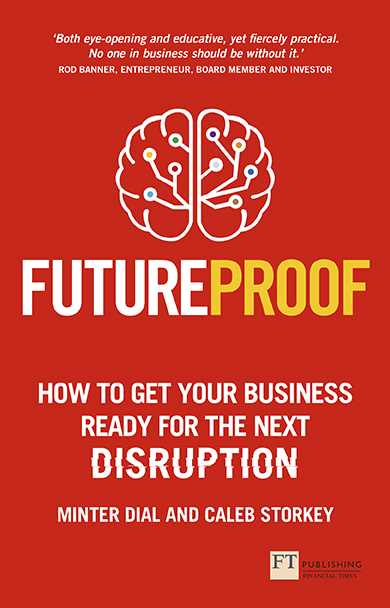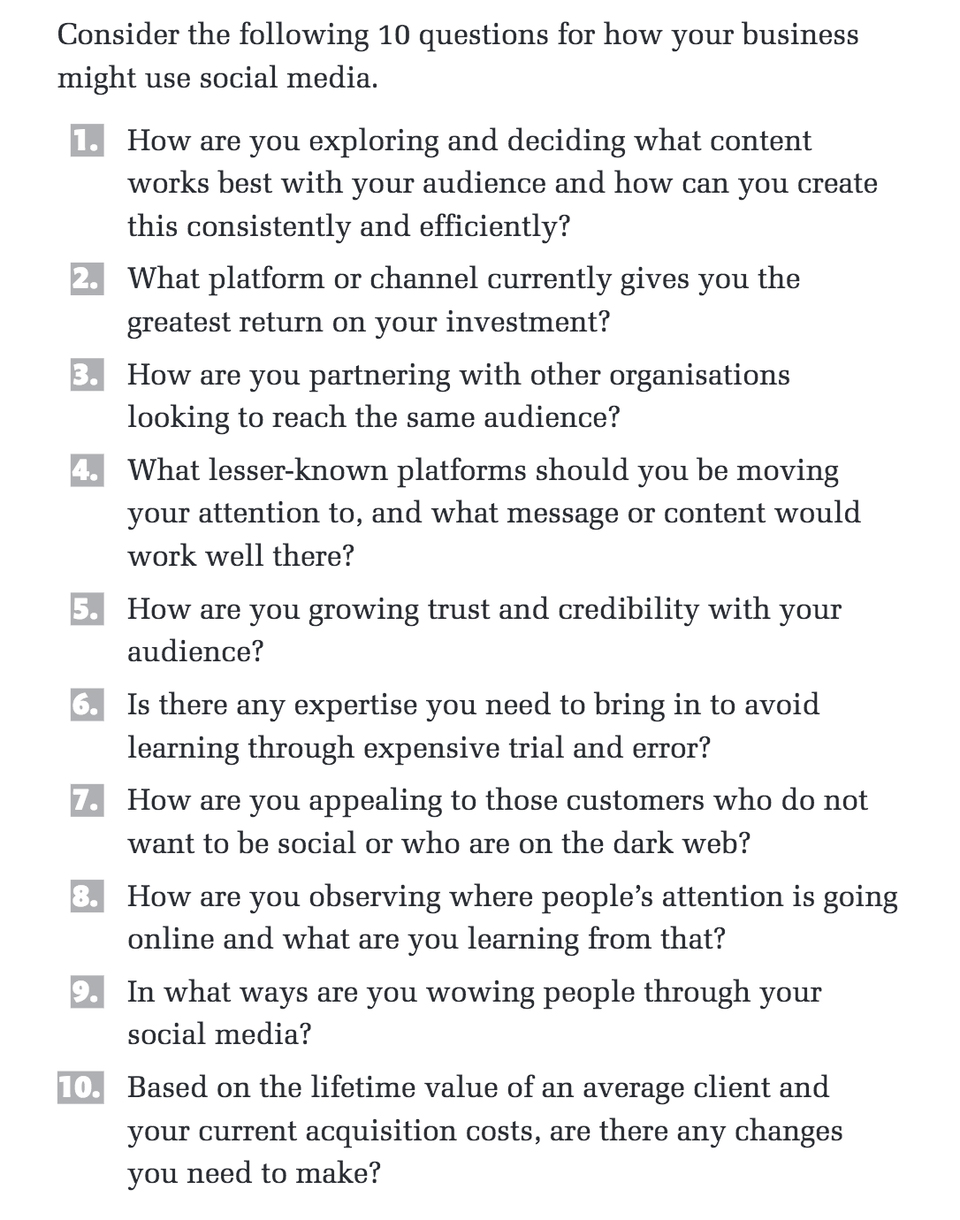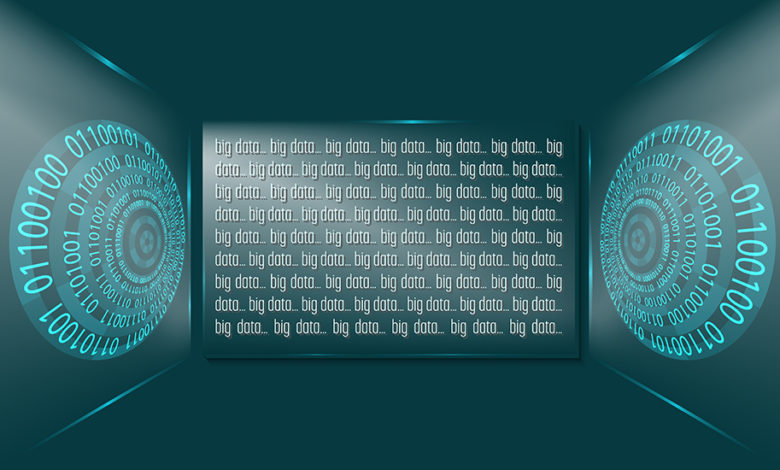The arrival of the digital age has flummoxed many marketers – some of whom still call decade-old technology (such as smartphones) new tech. Three-quarters of the web’s sites are inactive, full of graveyard content, and there’s a deluge of data as yet unprocessed. Get with it and pick up the pace, says author Minter Dial; don’t let your business get left behind. Look to the future . . .
Is your problem that you have too much data or you don’t have enough data? Which would you think is worse? This problem is hugely symptomatic of our times. If you take the issue of national security (run by the GCHQ in the UK, NSA in the US, STR in France…), the overseeing bodies are besieged by a deluge of data – too much, too fast and too meaningless. Side-stepping the sensitive ethical and political issues, the volume of data is mind-boggling. The NY Times reported that last year the NSA ‘vacuumed up more than 151 million records about Americans’ phone calls’.
Many consumer companies are actually sitting on gold mines of information, but can’t make their way through the maze of data. Other companies suffer from an inability to collect and/or collate data because of antiquated and/or incompatible systems and/or uncooperative department heads. The volume and velocity of data is already overwhelming for most… and it’s only going to get ‘worse’ with the ramping up of the Internet of Things, the shrinking processors, sensors and batteries, as well as the lower cost and greater availability of memory storage.
According to MongoDB, ‘Facebook ingests 500 terabytes of new data every day; a Boeing 737 generates 240 terabytes of flight data during a single flight across the US.’ The number of web pages on the internet continues to climb. It is estimated that there are more than 1.1 billion websites in the world, across all languages (source: InternetLiveStats). By ‘website’ we mean unique hostname (a name which can be resolved, using a name server, into an IP Address). With 4.8 billion pages recorded (source: WorldWideWebSize), the average website is estimated to have four pages. It should be noted that, according to Netcraft, the web is littered with inactive websites that have not been updated within the last month. In fact, 75 per cent of websites are deemed to be inactive, outlining that as well as the vast swathes of new content being created the graveyard of old content still makes its presence known. There is a lot of noise one must contend with. The explosion of data is directly related to the arrival of the digital age, as portrayed in the figure below (sources: KPCB May, 2014, John Hagel, Deloitte – Slideshare; StatisticBrain; IDC’s Digital Universe Study, December 2012).

An exabyte (XB) = 1 x 1018 bytes. A zettabyte (ZB) = 1018 bytes. The Y axis on graphic is logarithmic scale. The black line predicts exponential growth of data from around 3 zettabytes in 2013 to approximately 40 ZB by 2020.
The issue of ‘big’ data parallels the types of issues many marketers have with taking on board other ‘new’ technologies. Moreover, just like data, many of these technologies have actually been around for a while. The trick is actually using them in a way that builds value and that augments the company’s strategic imperatives.
For most of us marketers, we’ve all now attended enough conferences and read such a plethora of articles that we might be lured into thinking that (a) we have a complete vision of what is happening and what needs to be done; or (b) we are completely convinced that the future is confusing and the path to success is entirely obscured.
As much as it’s a constantly changing landscape AND we cannot solve tomorrow’s problems with yesterday’s solutions and mindset, there are two fundamental approaches that will help reinforce your strategy and futureproof your business.
As my co-author, Caleb Storkey and I elaborate in our new book, Futureproof, we believe that the model for implementing change starts with the individuals at the top and that the C-suite must model the behaviour they want to see cascade throughout the company. We call this the Slice of the PIE model, whereby it should always start with a Personal action plan, followed by making sure that the Internal systems and processes are aligned to drive the External strategy.
The second is making sure that, beyond your product/service on offer, your customer experience and content strategy are superior. We like to say that having a great content strategy involves figuring out not just what content for which channel, but developing a strategy that has depth and integrity throughout the customer experience. In order to develop a consistently superior content, marketers need to focus on the three Vs:
- Great Visual (and video) content.
- High Velocity that encourages quick turnarounds, greater experimentation.
- Last, but not least: Veracity – as in transparency and genuine authenticity, even including your imperfections.
Shift your mindset: new tech isn’t new
While we like to get excited about the next wave of new technologies, we cannot forget that some of the ‘new’ technologies have now been in existence for a decade (the smartphone, social media…) or more (eg. energy storage, artificial intelligence [AI], big data…). And even in the latter cases, in our approach to using them to drive our business, we need to shift our mindset quite drastically.
 Once we have great content, the next challenge is distribution. It’s now solidly a pay-to-play game. If some marketers are thinking of influencers as the ‘easy’ way to get more eyeballs, they are barking up the wrong tree. It is a big mistake to consider influencer marketing as just another channel. Rather than thinking of influencers as ‘a way to push out my message’, marketers need to consider influencer marketing as genuine long-term relationship building. Anything else is a shortcut that won’t stand the test of time.
Once we have great content, the next challenge is distribution. It’s now solidly a pay-to-play game. If some marketers are thinking of influencers as the ‘easy’ way to get more eyeballs, they are barking up the wrong tree. It is a big mistake to consider influencer marketing as just another channel. Rather than thinking of influencers as ‘a way to push out my message’, marketers need to consider influencer marketing as genuine long-term relationship building. Anything else is a shortcut that won’t stand the test of time.
Moreover, if brands and marketers have earned the well-deserved mistrust in the eyes of customers, the importance of dark social (eg. email, encrypted messaging services…) cannot be ignored. While many of these ‘social’ exchanges remain hidden to the prying eyes of brands, there are some services, such as Po.st (RadiumOne) or ShareThis, that are helping to surface useful data and promote better engagement. We suggest making it as painless as possible to encourage trackable sharing, with buttons that make dark social sharing easy (eg. send by email, Whatsapp…). Even, or especially, with dark social, the key to propagation comes from having genuinely valuable information or data to share.
AI: the new tech unlocking big data
Finally, with the burgeoning amount of data, marketers need to get their heads around how they are going to use that data to better understand their customers. The key technology to unlocking the value in big data will be via AI. And, as Google’s Analytics evangelist, Avinash Kaushik, suggests in a rather radical way, we may all need an AI army. At the very least, serious marketers need a bona fide AI strategy.
It’s an exciting world. Are you ready to get futureproofed?
Below, from Minter’s new book, Futureproof (Pearson, Sept 2017), co-written with Caleb Storkey: “10 questions for how your business should be using social media.”

FREE INVITATION from Minter Dial – “For those of you in the London area, please come along to the book launch event at the landmark 80 Strand on Tuesday, September 26, at 6.30pm.” Here is the (free) sign-up at Eventbrite.
View the trailer of storyteller Minter Dial’s award-winning WW11 documentary film here.
Have an opinion on this article? Please join in the discussion: the GMA is a community of data driven marketers and YOUR opinion counts.
Read also:
Put innovation at the top of your business agenda
The power of data – data may be the new oil, but it’s only valuable if you have a reliable engine



 Once we have great content, the next challenge is distribution. It’s now solidly a pay-to-play game. If some marketers are thinking of influencers as the ‘easy’ way to get more eyeballs, they are barking up the wrong tree. It is a big mistake to consider influencer marketing as just another channel. Rather than thinking of influencers as ‘a way to push out my message’, marketers need to consider influencer marketing as genuine long-term relationship building. Anything else is a shortcut that won’t stand the test of time.
Once we have great content, the next challenge is distribution. It’s now solidly a pay-to-play game. If some marketers are thinking of influencers as the ‘easy’ way to get more eyeballs, they are barking up the wrong tree. It is a big mistake to consider influencer marketing as just another channel. Rather than thinking of influencers as ‘a way to push out my message’, marketers need to consider influencer marketing as genuine long-term relationship building. Anything else is a shortcut that won’t stand the test of time.



Leave your thoughts